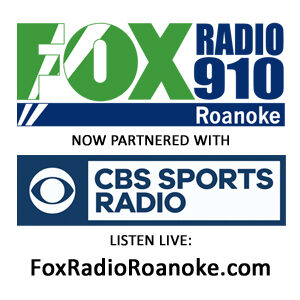A global leader in real estate information and services can provide clients with a better look at properties through the help of Virginia Tech’s drone experts.
CoStar Group Inc. recently passed the Federal Aviation Administration (FAA)-approved means of compliance developed by the Virginia Tech Mid-Atlantic Aviation Partnership (MAAP) for drone operations over people. This will allow the company to use uncrewed aerial systems (UAS) to capture some of its most accurate images to date.
“Photography is one of the most high-fidelity forms of information, and drones are one of the most powerful tools in CoStar’s arsenal as we tell the story of real estate worldwide,” said Mason Adams, CoStar Group’s senior director of architectural photography. “Virginia Tech’s capability to fly drones over people is one piece of a larger program that allows us to conduct missions where other companies can’t – or won’t – operate and is essential to the work that we are doing at CoStar to prioritize safety and accuracy.”
CoStar worked with researchers from MAAP and the Center for Injury Biomechanics to ensure its systems could safely fly over areas with people. This will help the company, which provides information, analytics, and online marketplace services for commercial and residential property markets, to gather more detailed imagery for its wide variety of clients.
The project is the latest example of Virginia Tech experts working alongside industry to solve problems with and provide real-world applications for advanced technologies.
“Our work with CoStar Group is another example of drones being used for good,” said MAAP Director Tombo Jones. “Here, drones are benefiting society by leveraging technological advances to provide crucial information to the real-estate industry, and the key is doing this safely. We hope this will highlight one of the ways in which Virginia Tech is contributing to continued, educated drone use and ultimately, the safe integration of drones into the national airspace – the mission of our test site.”
Earlier this year, MAAP worked with Sinclair Broadcast Group, which became the first media group approved to operate drones over people. MAAP is also part of a $5 million award from the U.S. Army to stand up the university’s Counter UAS Research and Testing Center and is leading the Virginia Advanced Air Mobility Smart Airspace Program, a multifaceted partnership with government and industry to research and develop low level routing and instrument flight procedures for the departure and arrival of advanced air mobility aircraft.
In 2021, the drone industry provided a pathway for flying over people with the FAA’s establishment of the Operations over People rule for Category 2 and Category 3 operations. The rule allows for such operations, but only after a drone is tested to show it complies with the rule. The categories require that an aircraft does not exceed comparative injury limits upon impact or contain exposed rotating parts capable of lacerating human skin.
Later that year, the FAA accepted a first means of compliance for satisfying the rule’s requirements developed by MAAP and Virginia Tech’s Center for Injury Biomechanics. In 2022, the first drone to satisfy this means of compliance was approved.
Since developing this means of compliance in 2021, MAAP has worked with several industry partners to test their drones for approval, but this is the first media company that has passed its means of compliance.
By Lexi Clatterbuck


